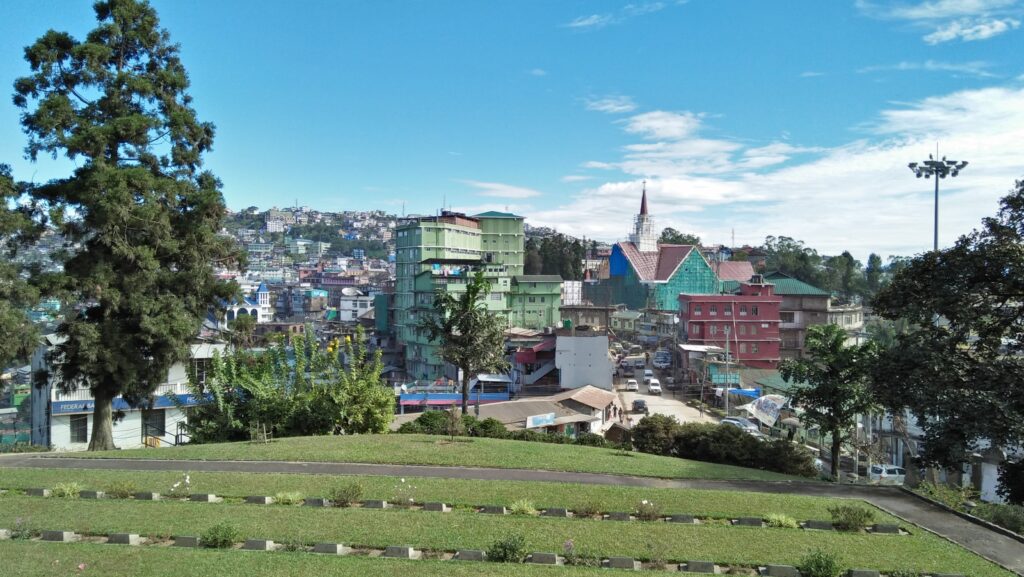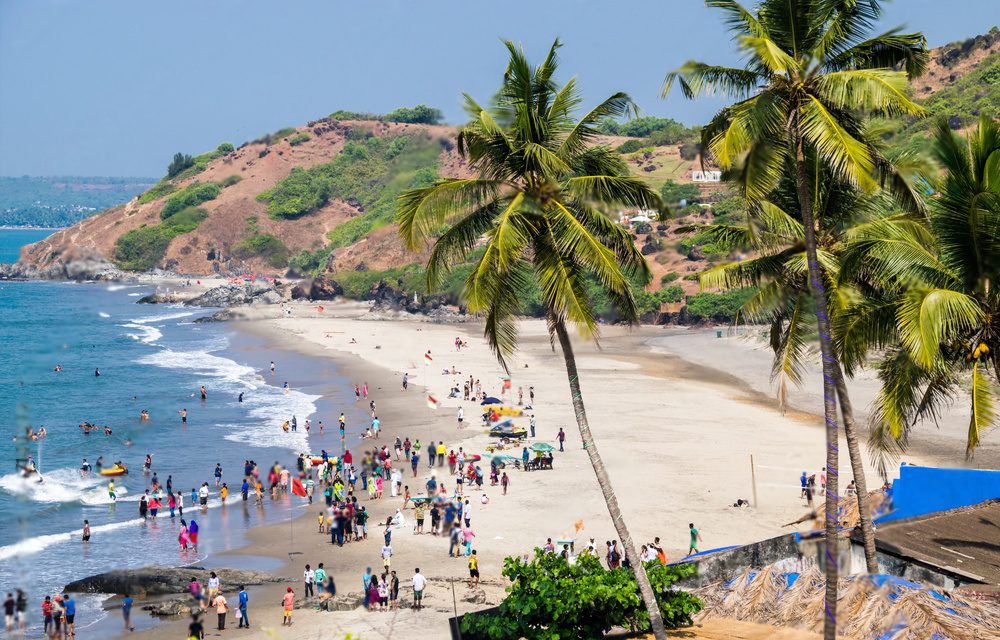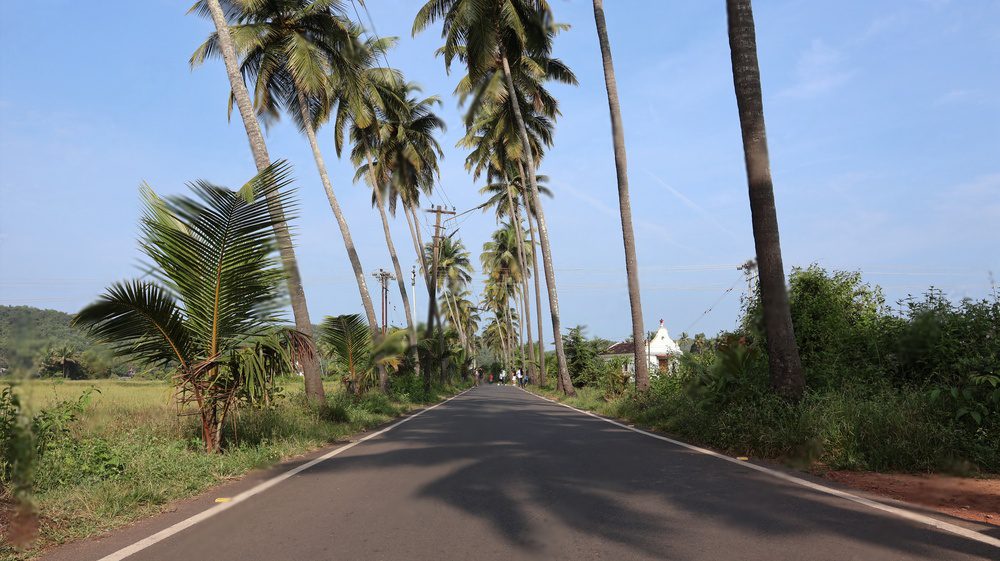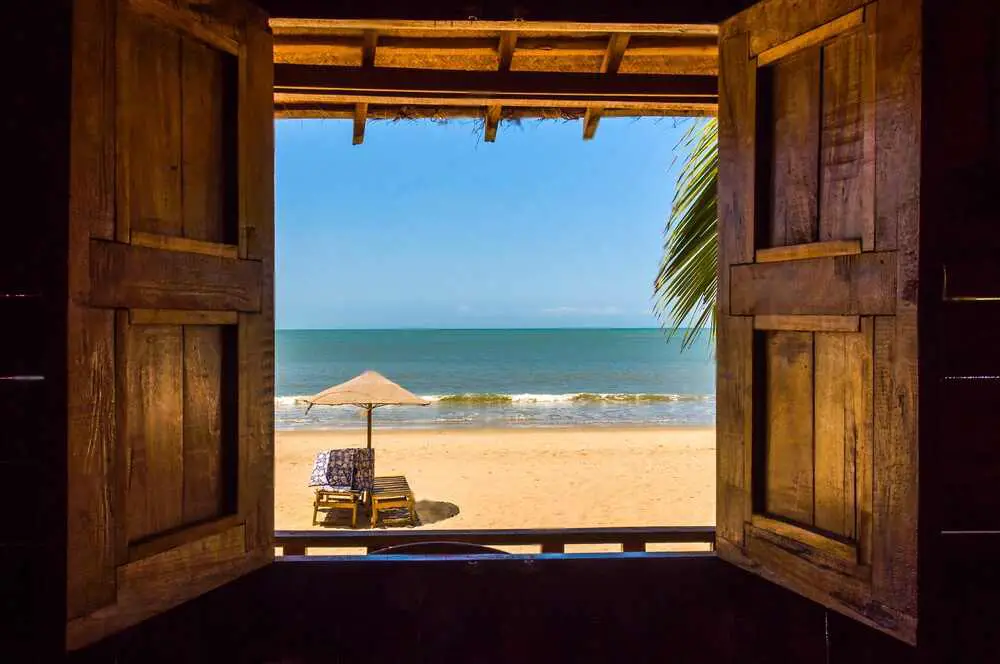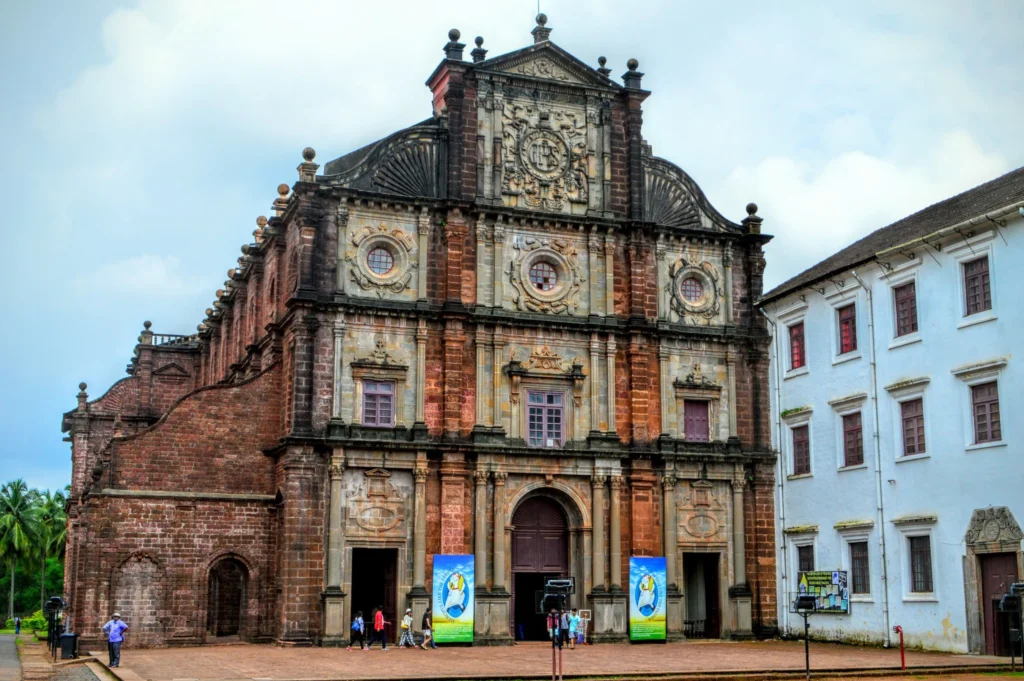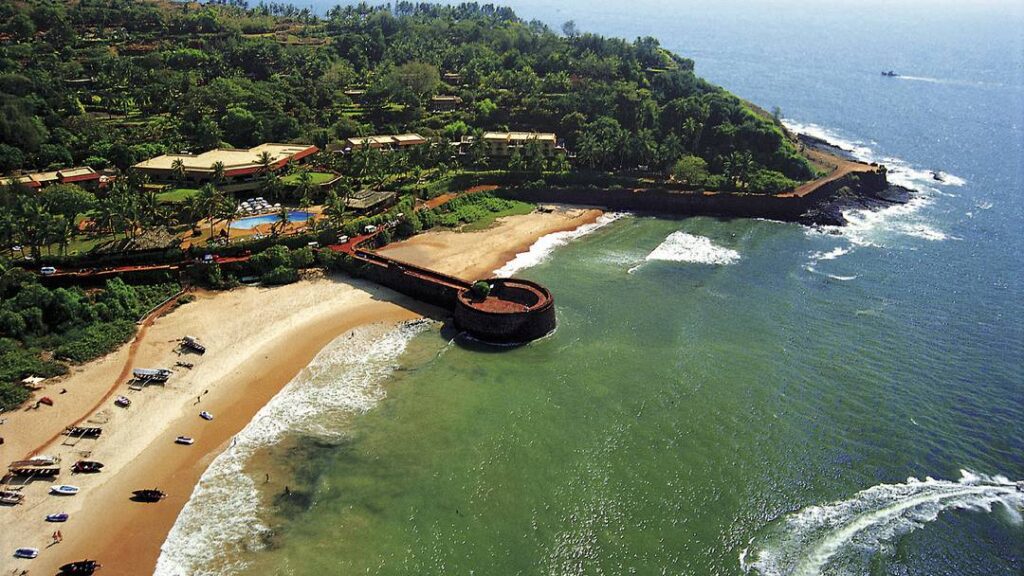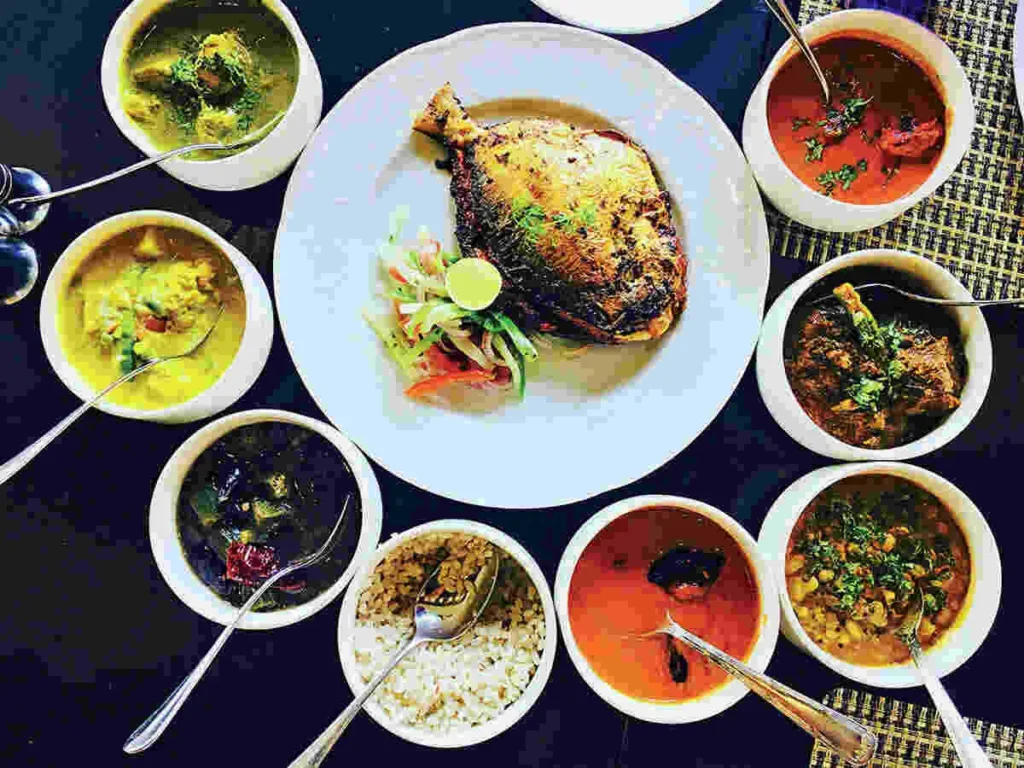Nestled in the north-eastern part of India is a state resembling a jewel, Nagaland which boasts of rich tribes and picturesque landscapes. Nagaland, with its colorful festivals, verdant hills, exotic cuisine and unique heritage provides an unforgettable travel experience. Let’s visit all that you can see and do in this enchanting state.
How to Reach Nagaland:
By Air:
The Dimapur Airport (DMU) is the only airport in Nagaland. It is well-connected to major cities in India, including Kolkata, Delhi, and Guwahati. From Dimapur Airport, you can take a taxi or bus to Kohima, the capital of Nagaland, or to other parts of the state.
By Train:
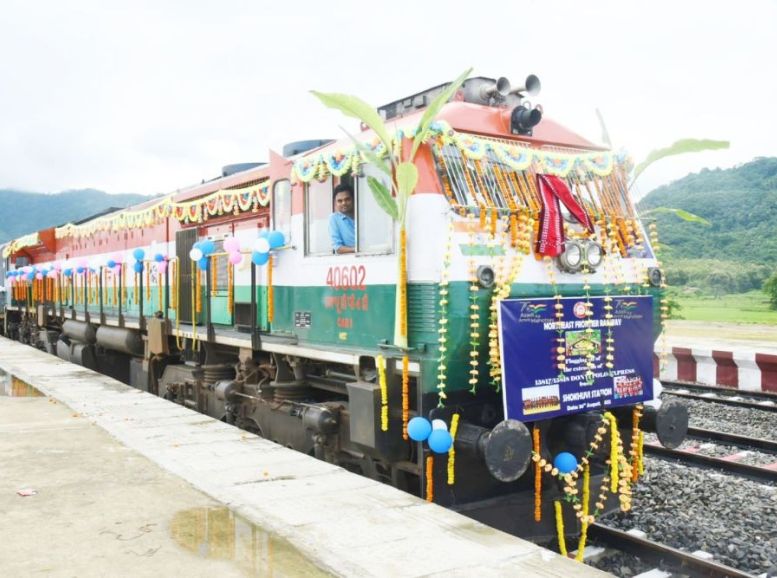

The nearest railway station to Nagaland is Dimapur Railway Station (DMR). Dimapur Railway Station is well-connected to major cities in India, including Kolkata, Guwahati, and Delhi. From Dimapur Railway Station, you can take a taxi or bus to Kohima or to other parts of Nagaland.
By Road :
Nagaland has a good network of roads that connect it to other parts of Northeast India and to the rest of India. You can take a bus or taxi from major cities in Northeast India and other parts of India to Nagaland.
Best time to visit:
Winter Wonderland (October to March):
This is Nagaland’s peak season, and for good reason. The weather is delightful, with crisp days and pleasantly cool nights. Temperatures range from the low 20s Celsius (70s Fahrenheit) to a refreshing 4°C (40°F) at higher elevations. Snow even graces some areas, creating a magical winter scene. T
Blooming Beauty (March to May):
If you prefer smaller crowds and a chance to witness nature’s spectacle, summers offer a charming alternative. Though short-lived, these months boast comfortable temperatures between 16°C and 31°C (60°F and 88°F). The hills come alive with the vibrant blooms of rhododendrons, creating a picturesque landscape.
Monsoon Majesty (June to September):
While the monsoon season brings lush greenery to Nagaland, it’s generally not the most ideal time for travel. Heavy rainfall can lead to landslides and road closures, potentially disrupting your itinerary.
Top Attractions:
Dzukou Valley:
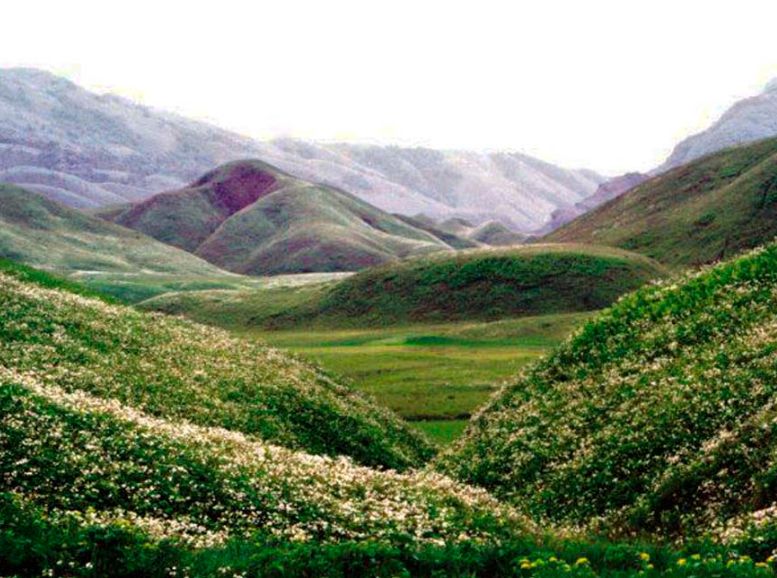

Nestled in the northeastern Indian state of Nagaland lies the picturesque Dzukou Valley, a hidden gem beckoning to be explored. Encircled by mist-shrouded mountains, this enchanting valley offers solace and serenity to all who venture within its embrace. Its verdant meadows sway gently in the breeze, adorned with a vibrant tapestry of wildflowers that bloom in profusion. Rhododendrons, lilies, and orchids paint the landscape with their delicate hues, creating a scene reminiscent of an artist’s palette.
Kohima:
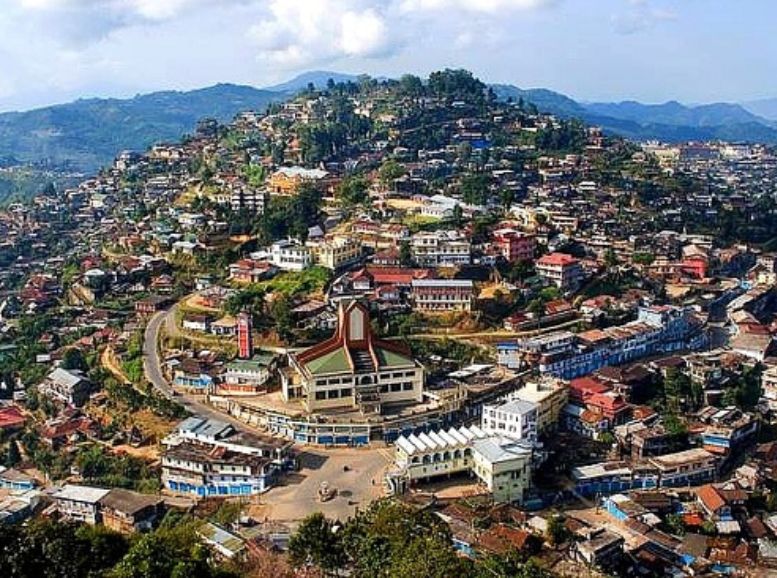

Kohima, the capital city of the northeastern Indian state of Nagaland, stands as a testament to resilience and cultural richness. Perched on the rugged Naga hills, Kohima boasts a unique blend of modernity and tradition. Steeped in history, it is best known for its pivotal role in the Battle of Kohima during World War II, where Allied forces halted the advance of Japanese troops, marking a turning point in the conflict. Today, remnants of this historic battle can still be seen at the War Cemetery and the Kohima Museum, serving as reminders of the city’s past struggles and triumphs.
Khonoma Green Village:
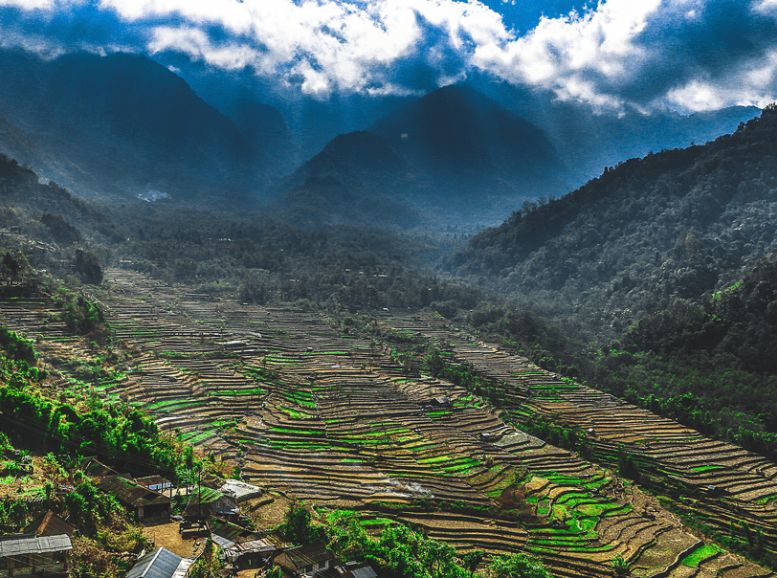

Nestled amidst the rolling hills of Nagaland, Khonoma Green Village stands as a beacon of sustainable living and cultural preservation. Tucked away from the hustle and bustle of modern life, this tranquil village offers a glimpse into a harmonious coexistence with nature. Renowned for its community-based conservation efforts, Khonoma is a model of environmental stewardship, with lush forests, terraced fields, and pristine streams dotting its landscape. The village is not only a sanctuary for biodiversity but also a bastion of Naga traditions and heritage. Visitors to Khonoma can partake in eco-friendly activities such as guided nature walks, birdwatching, and organic farming experiences.
Intanki Wildlife Sanctuary:
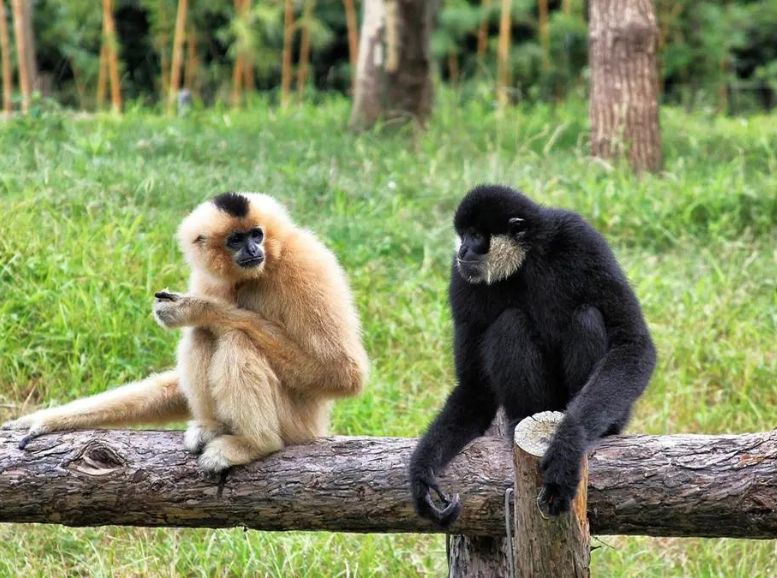

Intanki Wildlife Sanctuary, nestled in the northeastern Indian state of Nagaland, is a haven for biodiversity enthusiasts and nature lovers alike. Spread over an area of lush tropical forests and rolling hills, this sanctuary is home to a diverse array of flora and fauna, including several rare and endangered species. The sanctuary’s dense vegetation provides a natural habitat for a variety of wildlife, including elephants, tigers, leopards, deer, and numerous species of birds. Visitors to Intanki Wildlife Sanctuary can embark on guided jungle safaris, trekking through the verdant forests in search of elusive wildlife and stunning natural landscapes.
Mokokchung:
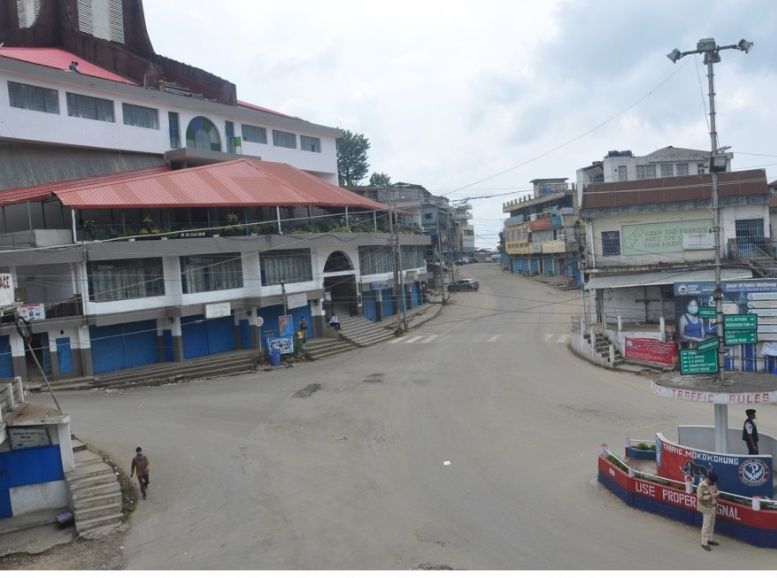

Often referred to as the “Land of the Ao,” Mokokchung is a scenic town nestled amidst hills offering a captivating escape. Explore the Mokokchung Museum to delve into the fascinating Ao Naga culture, where exhibits showcase their way of life, traditions, and history. Visit the Longkong village, known for its skilled artisans who create traditional basket weaving handicrafts using age-old techniques passed down through generations. Hike up to Mokokchung Peak for panoramic views of the surrounding landscape, where lush valleys meet misty mountains, creating a breathtaking vista.
Kisama Heritage Village:
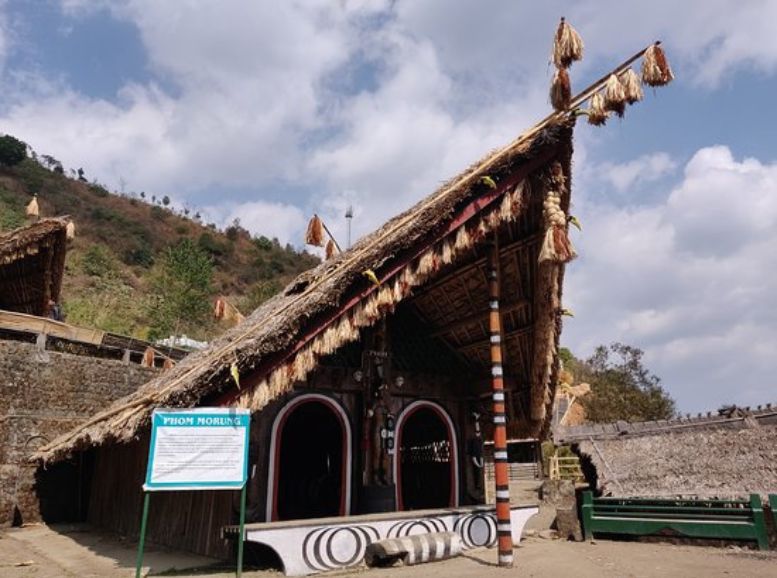

Kisama Heritage Village, nestled in the heart of Nagaland, is a living testament to the rich cultural tapestry of the Naga people. This vibrant village serves as a showcase of Naga heritage, preserving and celebrating the diverse traditions, customs, and craftsmanship of the region’s indigenous communities. Set against the backdrop of rolling hills and lush greenery, Kisama comes alive during the annual Hornbill Festival, a week-long extravaganza that attracts visitors from far and wide. During the festival, the village transforms into a bustling hub of activity, with traditional Naga huts, known as morungs, lining the streets, each offering a glimpse into the unique way of life of different Naga tribes.
Langtang Village:
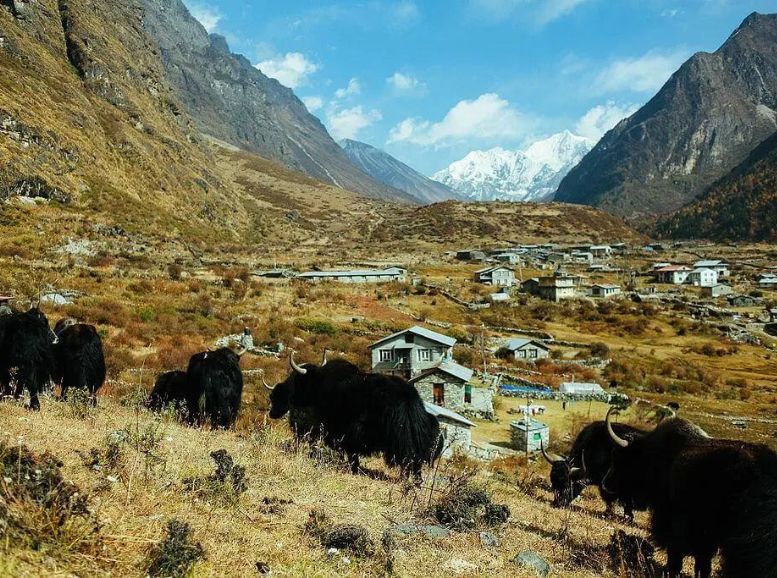

Langtang Village, nestled in the breathtaking Langtang Valley of Nepal, is a serene Himalayan haven that beckons adventurers and nature enthusiasts alike. Tucked away amidst towering peaks and verdant forests, this picturesque village offers a glimpse into the tranquil way of life of the local Tamang people. Surrounded by snow-capped mountains, including the majestic Langtang Lirung, Langtang Village is a starting point for trekkers exploring the Langtang National Park, renowned for its diverse flora and fauna. The village itself is a charming cluster of traditional stone houses adorned with colorful prayer flags, where visitors can experience the warm hospitality of the Tamang community.
Dimapur:
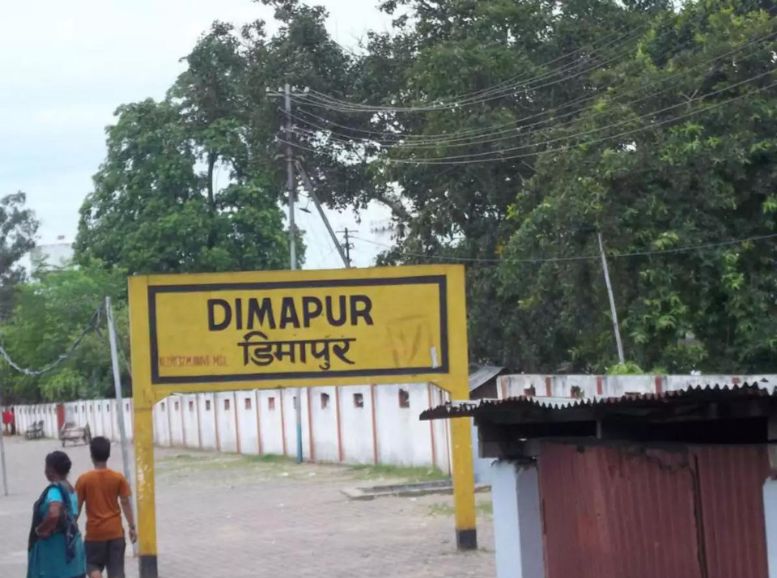

Nagaland unfolds its wonders starting from Dimapur, the state’s commercial hub. This vibrant city is a pulsating entry point where modern life blends seamlessly with rich cultural heritage. Immerse yourself in history at the Dimapur Kachari Rajbari, a captivating palace showcasing Dimasa architecture. Explore its intricate carvings and traditional elements, whispering tales of the region’s past. Nature lovers can embark on a faunal adventure at the Zoological Garden, encountering majestic tigers, playful monkeys, exotic birds, and lumbering elephants.
Hornbill Festival:
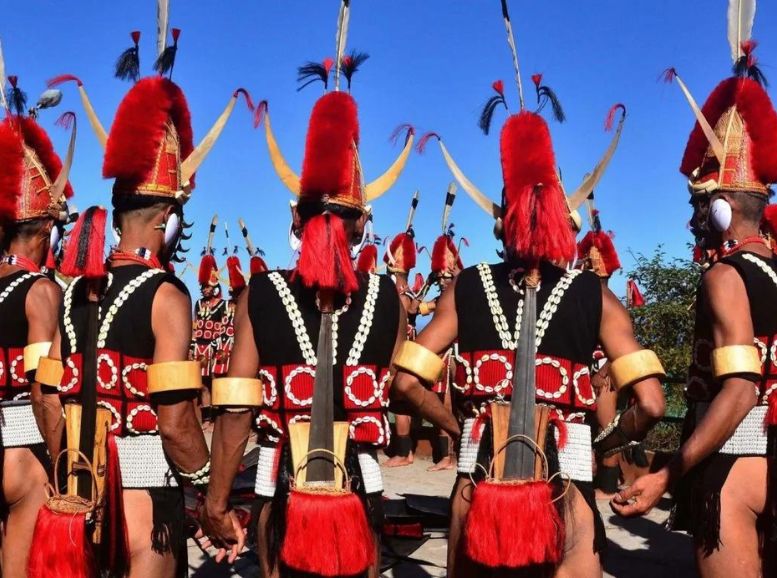

The Hornbill Festival is an annual cultural extravaganza held in Kisama Heritage Village, celebrating the traditions and heritage of Nagaland’s diverse tribes. It features vibrant performances of traditional dances, music, and folk tales, as well as indigenous games and handicrafts exhibitions. Visitors can immerse themselves in the colorful festivities, sampling delicious Naga cuisine and interacting with local artisans.
Mount Tiyi:
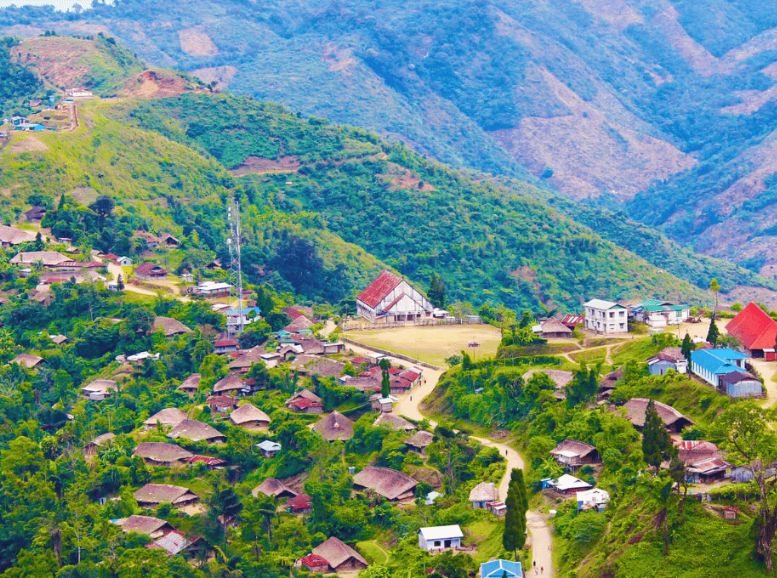

Mount Tiyi is a revered peak in Wokha District, considered the abode of departed souls according to Naga mythology. The mountain offers breathtaking views of the surrounding valleys and forests, making it a popular pilgrimage site for the local tribes. Visitors can hike to the summit, visit sacred sites such as Tiyi Village and Tiyi River, and immerse themselves in the spiritual and natural beauty of this sacred destination.
Saramati Peak:
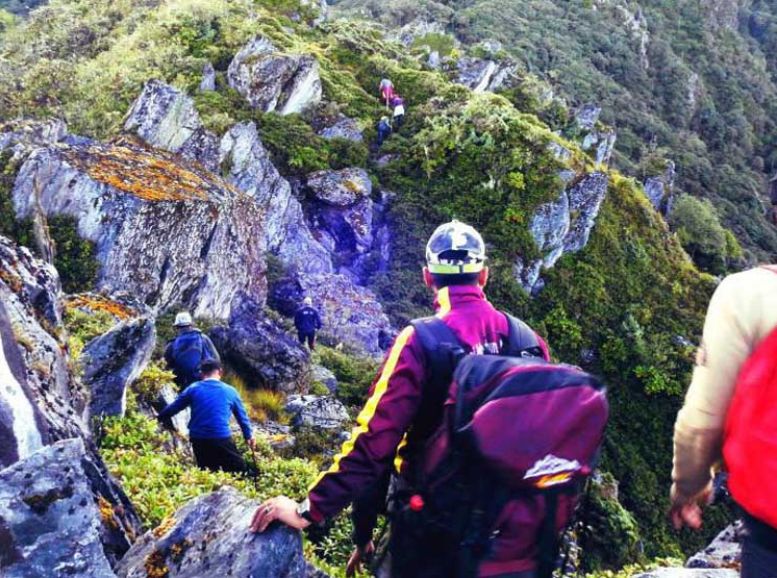

Saramati Peak, standing as the highest point in Nagaland, commands a prominent presence in the state’s rugged terrain. Reaching an elevation of 3,841 meters above sea level, it offers breathtaking panoramic vistas of the surrounding valleys, forests, and distant mountain ranges. Situated in the eastern part of Nagaland near the Myanmar border, Saramati Peak holds deep cultural and spiritual significance for the local tribes. Adventurers and trekkers are drawn to its challenging yet rewarding trails, which wind through dense forests, alpine meadows, and rocky terrain en route to the summit. Upon reaching the peak, visitors are rewarded with awe-inspiring views that extend as far as the eye can see, cementing Saramati Peak as an essential destination for those seeking adventure and natural splendor in Nagaland.
Pfutsero:
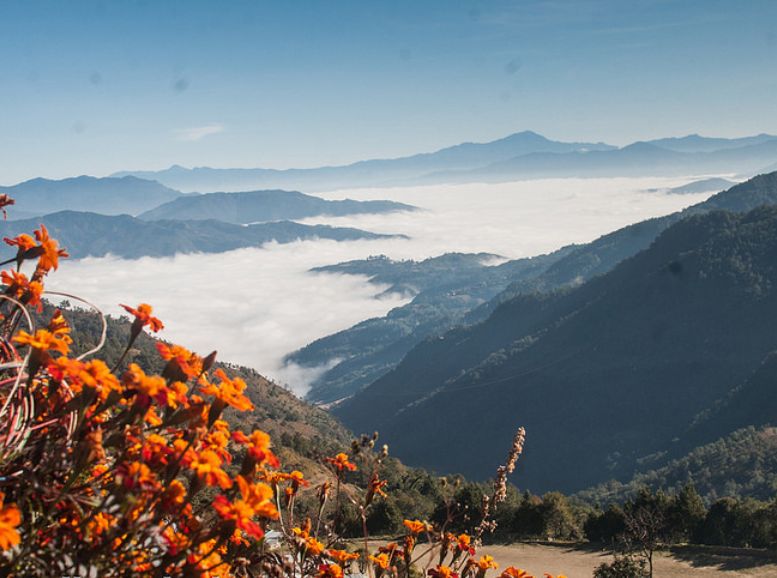

Pfutsero, nestled amidst the rolling hills of Nagaland, is a picturesque town renowned for its breathtaking landscapes, pine-covered hills, and vibrant culture. Situated at an altitude of around 2133 meters above sea level, Pfutsero offers visitors a serene retreat from the hustle and bustle of city life. The town is known for its pleasant climate, making it an ideal destination for nature lovers and adventure enthusiasts throughout the year. Visitors can explore the lush greenery surrounding Pfutsero, embark on scenic hikes to viewpoints offering panoramic vistas of the valleys and mountains, or simply relax amidst the tranquility of its pine forests. Additionally, Pfutsero is famous for being home to the highest village in Nagaland, making it a unique destination for those seeking to experience the rich cultural heritage of the region.
Wokha:
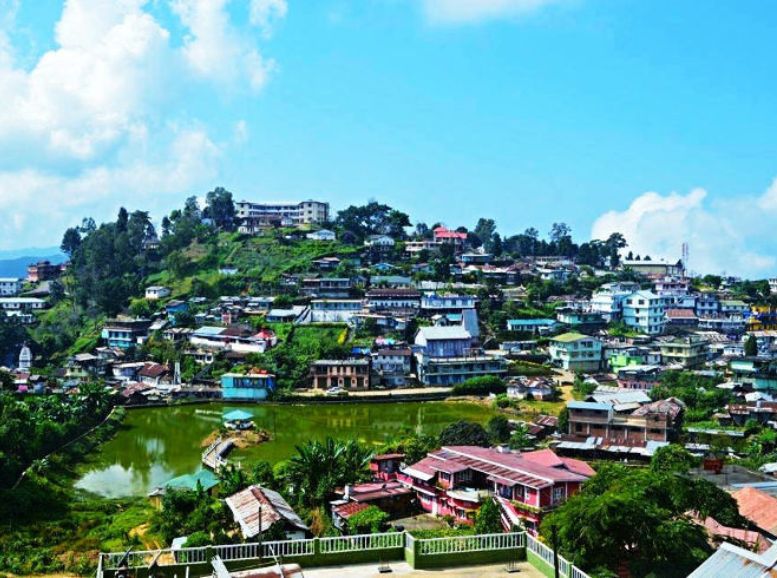

Wokha, situated in the western part of Nagaland, is a captivating town known for its stunning landscapes, orange orchards, and rich cultural heritage. Surrounded by rolling hills and lush greenery, Wokha offers visitors a serene retreat amidst nature’s beauty. The town is famous for its picturesque terraced fields, where locals cultivate a variety of crops including rice, maize, and vegetables. Wokha is also renowned for its vibrant tribal culture, with the Lotha Naga tribe being predominant in the area. Visitors can immerse themselves in the local way of life by exploring traditional villages, attending colorful festivals, and interacting with the friendly locals.
Mount Pauna:
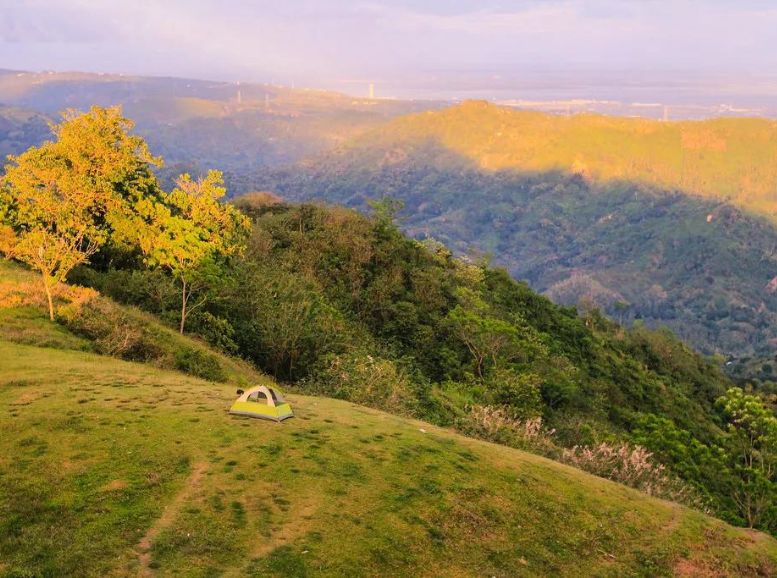

Mount Pauna, nestled in the picturesque landscapes of Phek District in Nagaland, stands as a majestic peak offering panoramic views of the surrounding valleys and forests. Revered by the local tribes for its spiritual significance, Mount Pauna holds a special place in the cultural heritage of the region. It serves as a sacred site where traditional rituals and ceremonies are conducted by the indigenous communities. Apart from its cultural importance, Mount Pauna also attracts trekkers and nature enthusiasts seeking adventure and natural beauty. The trek to the summit of Mount Pauna is a challenging yet rewarding experience, winding through dense forests and rugged terrain.
Naga Heritage Village Complex:
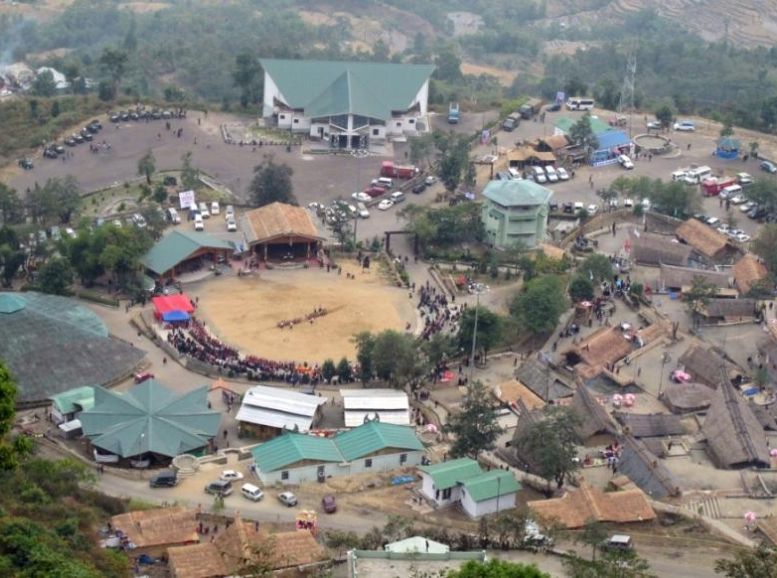

The Naga Heritage Village Complex, located in Kisama near Kohima, serves as a living testament to the rich cultural heritage and traditions of the Naga tribes. This sprawling complex, established during the annual Hornbill Festival, showcases the diverse cultures, customs, and craftsmanship of the various Naga tribes. Visitors to the complex are treated to a immersive cultural experience, with traditional Naga huts, known as morungs, representing different tribes and displaying artifacts, handicrafts, and cultural items unique to each community. Throughout the festival, the complex comes alive with vibrant performances of traditional dances, folk songs, and indigenous games, providing visitors with an opportunity to witness the living heritage of the Naga people.
Chumukedima:
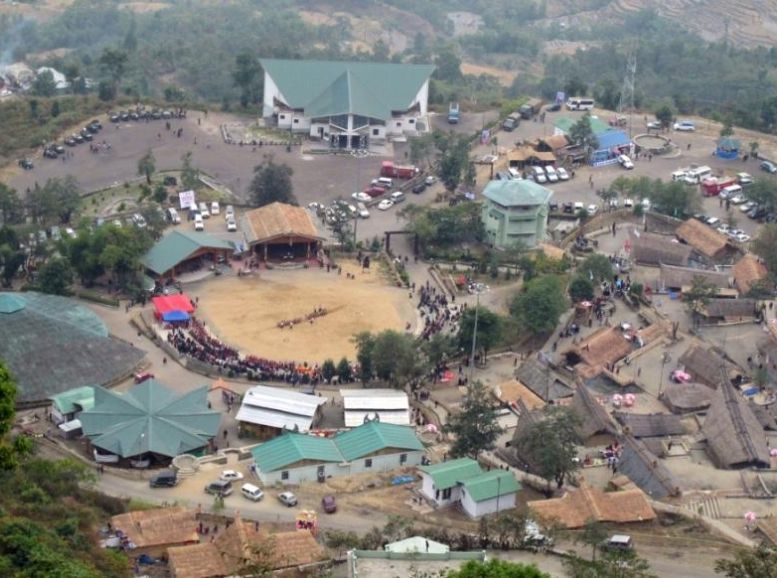

Chumukedima, situated near Dimapur in Nagaland, holds historical significance and cultural charm. This quaint town is known for its ancient stone monoliths, which stand as silent witnesses to its storied past. Visitors to Chumukedima can explore these intriguing monoliths, which are believed to date back centuries and are thought to have been erected by the indigenous tribes of the region. Beyond its historical relics, Chumukedima offers a glimpse into traditional Naga life, with its rustic surroundings and warm hospitality. Travelers can immerse themselves in the local culture by interacting with the friendly locals, sampling traditional Naga cuisine, and experiencing the rhythms of rural life.
Beyond Sightseeing:
Wildlife Tours:
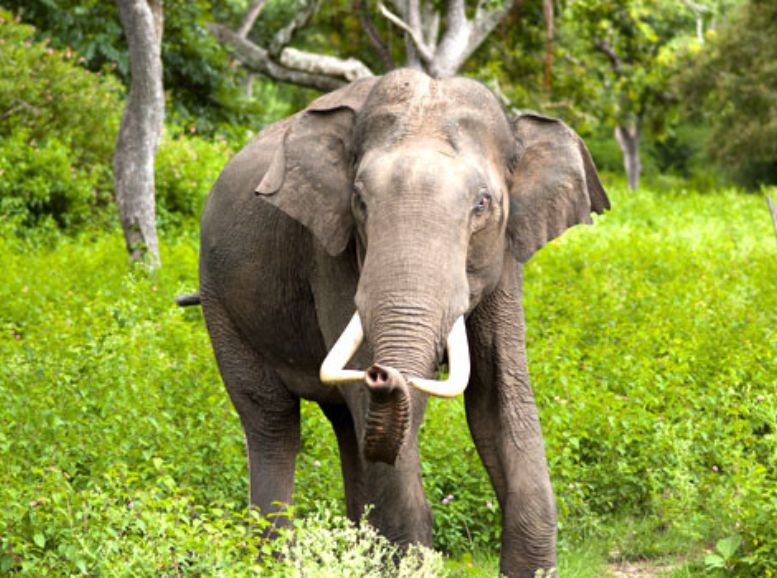

Intrepid travelers exploring Nagaland’s wildlife sanctuaries such as Intanki or Fakim can encounter unique animals like hoolock gibbons, leopards, and serows, adding an adventurous edge to their journey. With available options for Jeep safaris and jungle lodges, visitors can immerse themselves in the heart of these biodiverse habitats, enhancing their wildlife experience with comfortable accommodations and expert-guided tours amidst the pristine wilderness of Nagaland.
Attend a Traditional Festival:
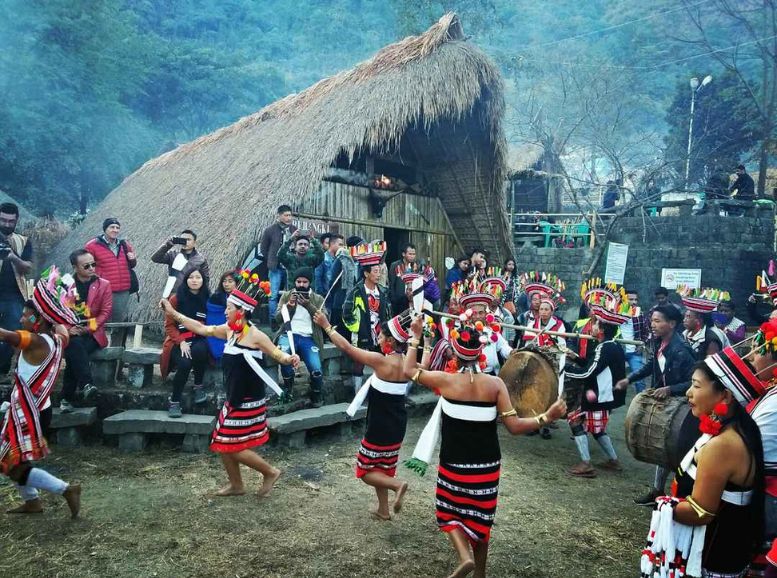

Experience the vibrant culture of Nagaland by immersing yourself in the lively atmosphere of traditional festivals like the Hornbill Festival or Aoling Festival. These celebrations offer a captivating glimpse into Naga heritage through colorful dances, mesmerizing rituals, and vibrant cultural performances. From the rhythmic beats of traditional music to the intricate costumes worn by performers, attending these festivals allows visitors to witness the rich tapestry of Naga culture come alive in a kaleidoscope of sights and sounds, creating unforgettable memories of cultural immersion and celebration.
Tribal Tours:
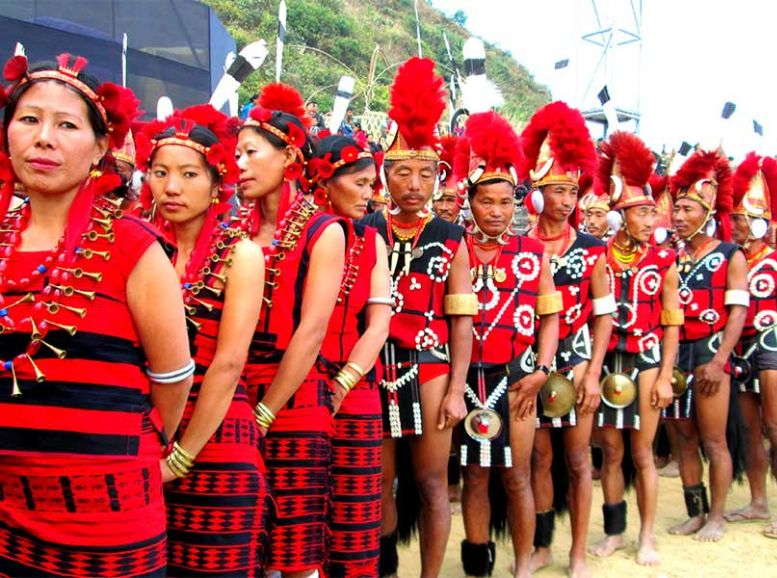

Engaging with the Angami, Ao, and Sema tribes for an authentic exploration of their rich cultures, cuisines, music, and craftsmanship through carefully planned homestays and seminars is a truly special experience in Nagaland. By staying with local families in homestays, visitors get a genuine taste of everyday life, customs, and traditions of these indigenous communities, allowing for meaningful connections and insights into their unique way of life.
Camping:
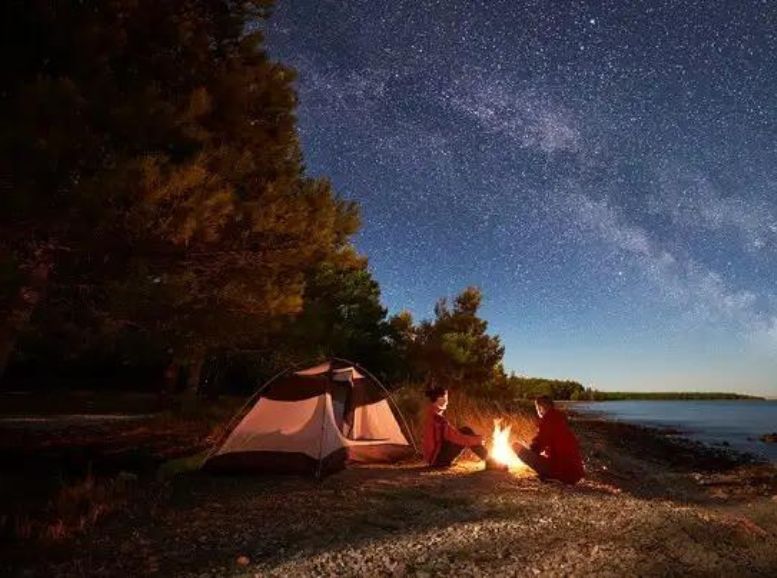

Camping amidst the alpine meadows of Dzukou or by serene lakes like Shilloi offers unforgettable holiday experiences in Nagaland, beneath the enchanting starlit skies. Adventurers can bring their own camping gear and obtain necessary permits for a hassle-free outdoor excursion. Whether it’s waking up to the tranquil beauty of Dzukou Valley’s emerald greenery or watching the reflections dance on the surface of Shilloi Lake, these camping adventures promise moments of serenity and connection with nature that are sure to be cherished for a lifetime.
Angling:
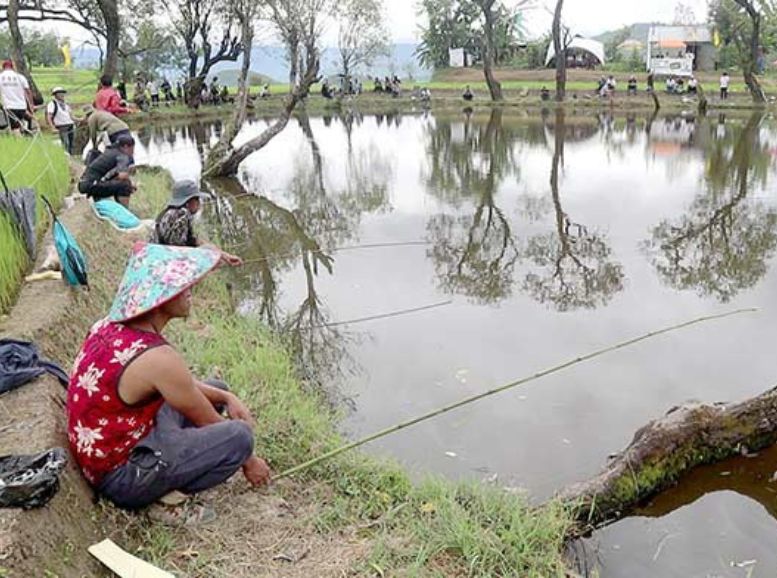

Nagaland’s rivers, such as Doyang and Dhansiri, are renowned for their abundant mahseer population, making them prime destinations for angling enthusiasts. The best seasons for angling in these rivers are typically from February to April and October to November when the weather is favorable and the water levels are suitable. However, it’s important to note that obtaining permits is mandatory for angling in Nagaland, ensuring responsible and sustainable fishing practices.
Local Experiences:
- Homestays: Immerse yourself in Naga hospitality by staying with local families in traditional villages. Participate in daily activities, share meals, and gain insight into local customs and traditions.
- Cultural Festivals: Attend traditional festivals like the Hornbill Festival or Aoling Festival to witness vibrant dances, music performances, and cultural rituals of various Naga tribes.
- Trekking: Embark on trekking adventures to scenic spots such as Dzukou Valley, Japfu Peak, or Satoi Range, offering breathtaking landscapes and panoramic views.
- Culinary Exploration: Indulge in authentic Naga cuisine, including smoked meats, bamboo shoot dishes, and fermented delicacies, at local eateries or during village visits.
- Artisan Workshops: Learn traditional crafts like weaving, bamboo craft, pottery, and beadwork by participating in workshops led by local artisans.
- Village Walks: Take leisurely strolls through traditional Naga villages to engage with locals, admire traditional architecture, and observe rural life firsthand.
- Community Engagement: Contribute positively to Naga communities by volunteering with local organizations or participating in community development projects.
- Adventure Sports: Experience adrenaline-pumping activities like river rafting on the Doyang River, rock climbing in Wokha, or paragliding in Mokokchung.
Explore Monuments
Embarking on a journey to explore the moments of Nagaland reveals a rich tapestry of experiences that delve into the region’s vibrant culture, breathtaking landscapes, and dynamic traditions. From immersing oneself in the kaleidoscope of colors and festivities during tribal celebrations like the Hornbill Festival to venturing on exhilarating treks across the verdant valleys of Dzukou or Japfu, every moment in Nagaland is a revelation of wonder and exploration. Engaging with local communities through homestays offers genuine glimpses into Naga hospitality and age-old customs, while culinary expeditions introduce the palate to the tantalizing flavors of smoked meats, bamboo shoot delicacies, and fermented delights.
Food Delights:
Naga cuisine involves unique ingredients like fermented bamboo shoots, smoked dried meats, chillies, wild herbs etc. Must try authentic fare includes:
- Naga Pork Curry – Smoked pork with a touch of tangy anishi leaves.
- Axone – Fermented soyabean
- Galho – Vegetables or smoked meat stew
- Vegetables with Bamboo Shoots
- Rice cakes such as assisi, akini, atsui
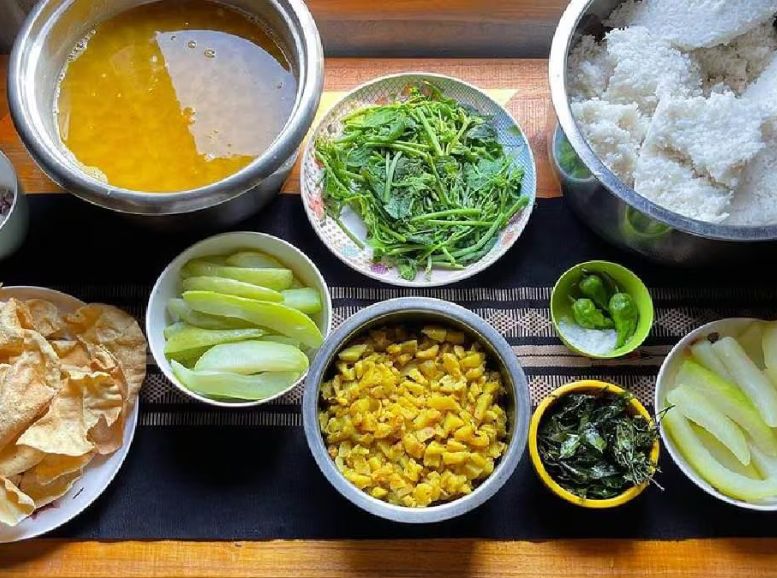

Transportation:
Navigating Nagaland is an adventure in itself, and the transportation options seamlessly blend with the region’s rugged terrain. Local buses, shared taxis, and private cabs form the lifeline, offering connectivity to remote areas and cultural hubs. While buses provide an authentic local experience, hiring a private cab or joining a shared taxi is recommended for more flexibility in exploration. It’s advisable to engage a local guide for hassle-free travel, especially to navigate the winding roads and discover hidden gems. Embrace the diverse modes of transportation, and let each journey through Nagaland be a part of your unique and unforgettable adventure.
Packing Tips:
- Comfortable Clothing: Pack lightweight, breathable clothes suitable for the region’s climate, which can vary from warm and humid in the plains to cooler temperatures in the hills.
- Sturdy Footwear: Bring sturdy, comfortable footwear suitable for walking and trekking, as you’ll likely explore various terrains ranging from village paths to rugged trails in the hills.
- Rain Gear: Nagaland experiences monsoon rains, particularly from June to September, so pack a waterproof jacket or poncho to stay dry during outdoor excursions.
- Sun Protection: Don’t forget to pack sunscreen, sunglasses, and a wide-brimmed hat to shield yourself from the sun’s rays, especially if you plan to spend extended periods outdoors.
- Insect Repellent: Nagaland’s lush landscapes can attract mosquitoes and other insects, so pack insect repellent to protect against bites, particularly if you’re camping or trekking in forested areas.
Safety:
Respect Local Customs and Traditions: Nagaland is home to diverse indigenous tribes with unique customs and traditions.
Travel with a Guide or Local: Consider hiring a local guide or traveling with someone familiar with the region, especially if you plan to explore remote areas or participate in outdoor activities like trekking or camping.
Stay Informed: Stay updated on local news and advisories, especially regarding weather conditions, road closures, or security concerns.
Stay Hydrated and Nourished: Drink plenty of water and eat regular meals to stay hydrated and energized, especially during outdoor excursions or trekking adventures.
Avoid Drinking Tap Water: Stick to bottled water or purified water from reliable sources to prevent waterborne illnesses.
Travel Tips:
- Pre-book hotels during the Hornbill festival as they get crowded.
- Try the pine needle tea and banana flower salad, unique to Nagaland.
- Pick up shawls and handicrafts in villages for authentic shopping.
- Hire licensed local guides for the best experience.
Conclusion:
Finally, Nagaland is not only a destination but a journey through the heart of cultural wealth and natural beauty. As you leave this magical land, carry with you the sounds of traditional dances, the comfort of Naga warmth and the impressions carved into these spectacular landscapes. Xplro company has been guiding you throughout, revealing treasures hidden in every corner. The charm of Nagaland lies in its people and their histories, as well as the balance between tradition and modernity. As we move apart, keep in mind the bright festivals, the trekking endeavors and taste of Naga cuisine. Never lose the spirit of adventure and let your future journeys be filled with wonder as your time spent discovering Nagaland with Xplro. Bon voyage and do share your tales with other ramblers!
FAQs
- What is the best time to visit Nagaland?
The best time to visit Nagaland is from October to May when the weather is pleasant, and festivals like the Hornbill Festival are celebrated.
- Do I need a permit to visit Nagaland?
Yes, visitors require an Inner Line Permit (ILP) to enter Nagaland, which can be obtained online or from designated government offices.
- What are the must-visit destinations in Nagaland?
Some must-visit destinations in Nagaland include Kohima, Dimapur, Dzukou Valley, Mokokchung, and Khonoma Village.
- What are the popular festivals celebrated in Nagaland?
The Hornbill Festival, Aoling Festival, Sekrenyi, and Moatsu Mong are some of the popular festivals celebrated in Nagaland, showcasing the rich culture and traditions of the tribes.
- What activities can I do in Nagaland?
Visitors can engage in trekking, wildlife safaris, birdwatching, cultural tours, shopping for handicrafts, and sampling authentic Naga cuisine.
- Is Nagaland safe for tourists?
Yes, Nagaland is generally safe for tourists. However, it’s advisable to stay updated on local news and advisories and exercise caution, especially in remote areas.
- What is the cuisine of Nagaland like?
Naga cuisine is known for its use of smoked meats, bamboo shoot dishes, fermented foods, and fiery chili-based curries. It offers a unique culinary experience for visitors.
- Are there accommodations available in Nagaland?
Yes, Nagaland offers a range of accommodations including hotels, guesthouses, homestays, and eco-lodges, catering to different budgets and preferences.
- How can I travel within Nagaland?
Travel within Nagaland can be done by road using taxis, buses, or rented vehicles. Hiring a local guide or driver is recommended for exploring remote areas.
- What are some unique experiences to have in Nagaland?
Unique experiences in Nagaland include attending traditional tribal festivals, staying in homestays, visiting local markets, and participating in cultural workshops.
- What should I pack for my Nagaland trip?
Essential items to pack for a Nagaland trip include comfortable clothing, sturdy footwear, rain gear, sun protection, insect repellent, medications, and travel documents.
- How can I obtain an Inner Line Permit (ILP) for Nagaland?
Inner Line Permits (ILPs) for Nagaland can be obtained online through the Nagaland ILP portal or from designated government offices in Nagaland as well as in nearby states like Assam and Manipur.
